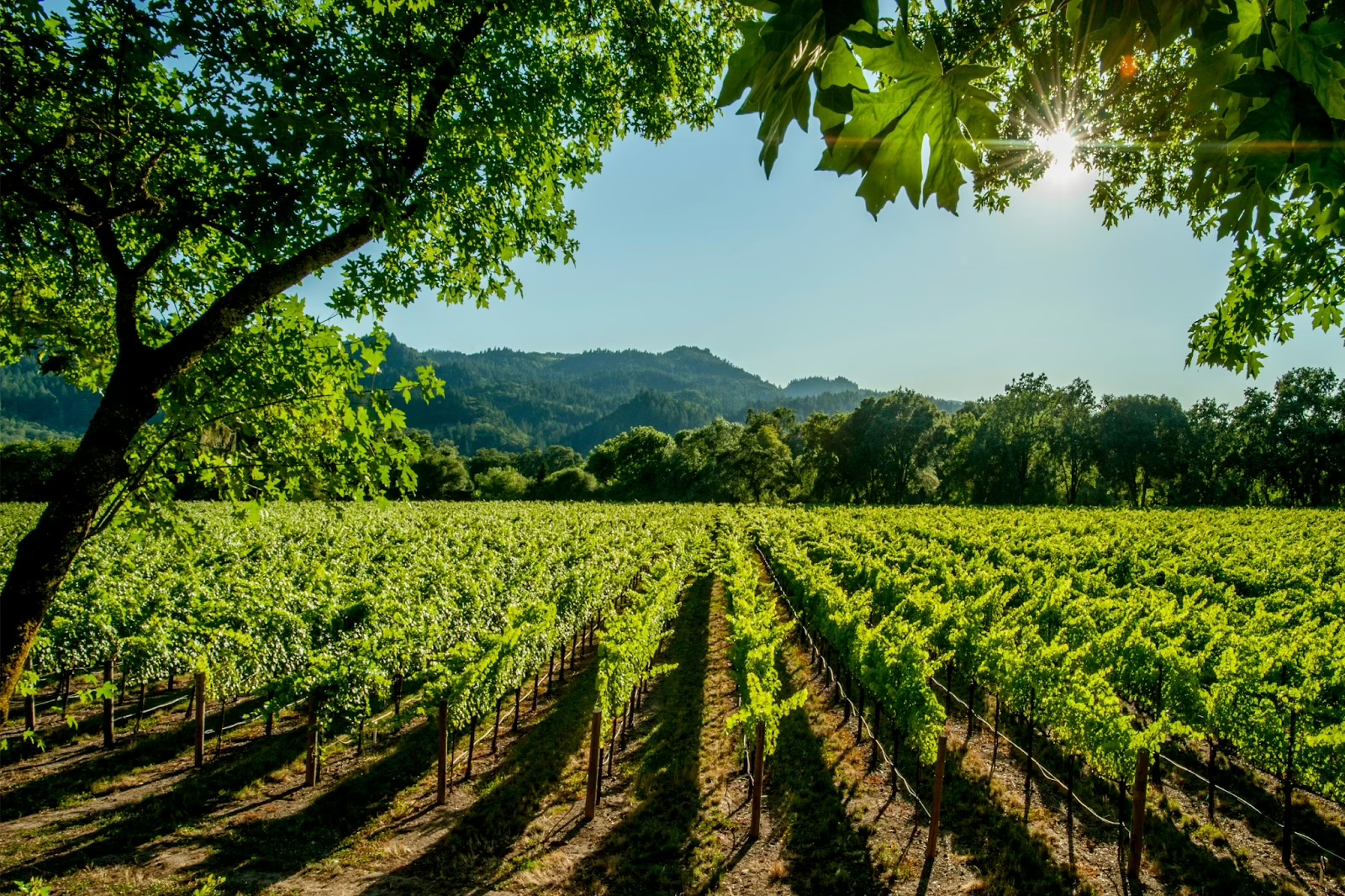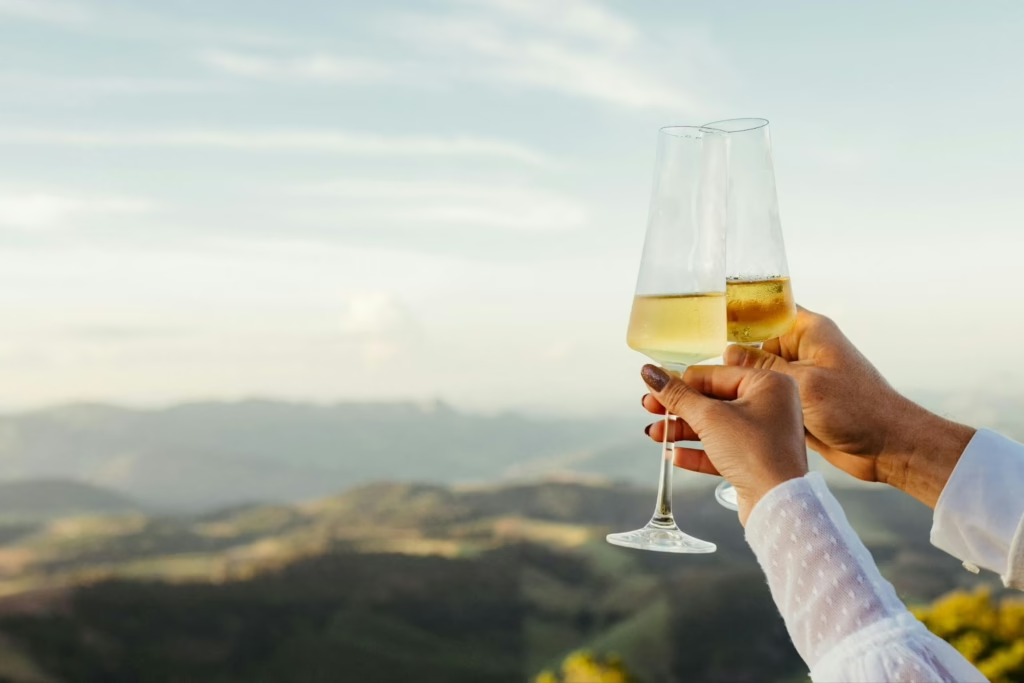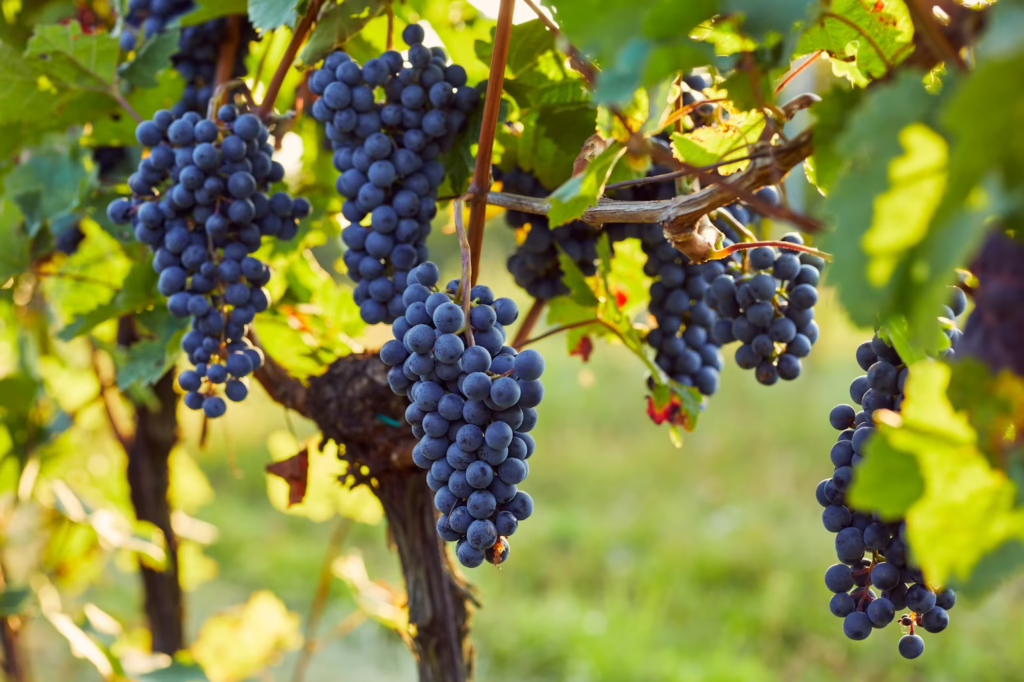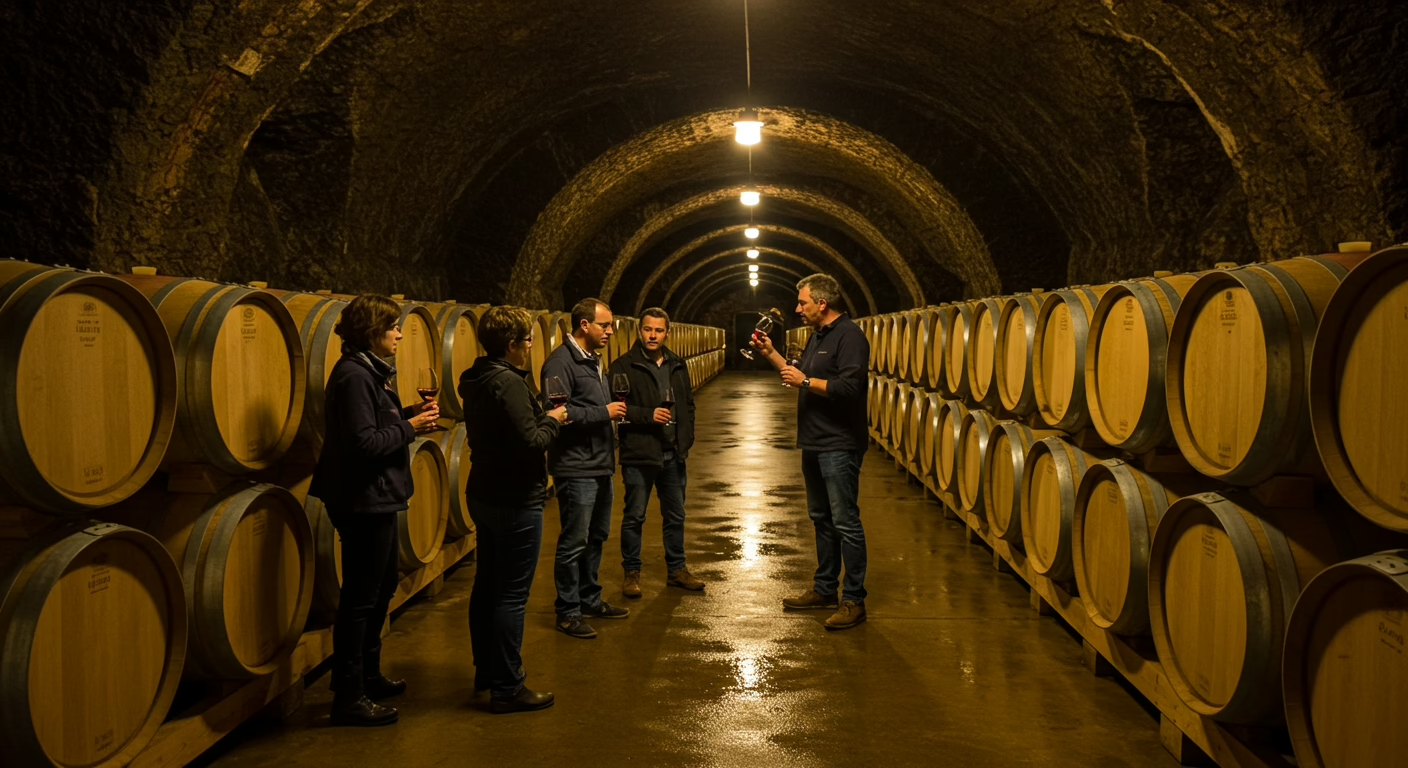
Napa vs Sonoma: Pros and Cons of Each California Wine Region
California’s wine country offers an embarrassment of riches for oenophiles and casual wine enthusiasts alike. At the heart of this viticultural paradise lie two iconic regions: Napa Valley and Sonoma County. Designated Drivers Napa Sonoma helps guests explore both areas safely and comfortably with private driver services tailored to wine lovers.
Whether planning your first California wine tours or returning for another tasting adventure, understanding the unique characteristics of each region can help you craft the perfect wine country experience. From sprawling vineyards and world-renowned Cabernets in Napa to Sonoma’s laid-back atmosphere and diverse varietals, each area offers its distinctive charm, terroir, and visitor experience.
In this comprehensive guide, we’ll explore the pros and cons of Napa and Sonoma, helping you decide which California wine region might be your perfect match or why you might want to experience both.
What Makes Napa Valley a Top Wine Tasting Destination?
Napa Valley has earned its reputation as America’s premier wine destination through decades of producing world-class wines, particularly Cabernet Sauvignon. Spanning just 30 miles long and a few miles wide, this relatively compact region packs an impressive punch in terms of wine quality and visitor experiences. Considering Napa for your next getaway? Book a private driver through and enjoy every sip without the stress.
Pros of Napa Valley
Napa’s greatest strength lies in its concentration of prestigious wineries. With over 400 wineries in a relatively small area, visitors can experience multiple high-end tastings without extensive travel time. The region’s focus on quality over quantity is evident in its wines, which consistently receive international acclaim.
For Cabernet Sauvignon lovers, Napa Valley offers an unmatched experience, with many wineries specializing in this noble grape variety. The visitor infrastructure in Napa is exceptional, featuring luxury accommodations, Michelin-starred restaurants, and well-organized wine tasting experiences in Napa, CA.
Many Napa Valley wineries offer food pairing experiences that elevate wine tasting to a comprehensive culinary adventure. Additionally, the region’s proximity to San Francisco (approximately 50 miles) makes it an accessible day trip or weekend getaway.
For couples seeking a romantic escape, Napa Valley wine tours for couples provide intimate settings among picturesque vineyards and elegant tasting rooms, creating perfect opportunities for special moments.
Cons of Napa Valley
Napa’s popularity comes with drawbacks. During peak season (May through October), the main roads can become congested, and popular wineries often require reservations weeks or even months in advance. This lack of spontaneity can be frustrating for travelers preferring a more relaxed approach.
The region’s prestige is reflected in its prices. Tasting fees commonly range from $50 to $100+ per person, and these fees aren’t always waived with wine purchases. Premium Napa wines typically start around $75 per bottle, with many exceeding $150, making it an expensive destination for wine collectors.
The sophisticated, sometimes corporate atmosphere of Napa Valley might feel intimidating to wine novices. First-time visitors can occasionally find the experience less accessible or welcoming than expected, particularly at more exclusive estates.
Why Choose Sonoma County for Your Wine Country Tour?
Just west of Napa lies Sonoma County, a region nearly twice the size with a distinctly different character. While Napa focuses on opulence and Cabernet, Sonoma embraces diversity in both grape varieties and visitor experiences. Want to explore Sonoma’s hidden gems without worrying about directions? Let our local drivers handle the roads while you enjoy the experience.
Pros of Sonoma County
Sonoma’s greatest advantage is its relaxed, unpretentious atmosphere. Many wineries are family-owned operations where you might meet the winemaker or owner during your visit. This creates a more personal, educational experience that many visitors find refreshing and authentic.
The region boasts incredible diversity, with over 60 grape varieties thriving across 18 AVAs (American Viticultural Areas). From the cool coastal regions producing outstanding Pinot Noir and Chardonnay to the warmer inland areas excelling in Zinfandel and Cabernet Sauvignon, Sonoma offers something for every wine preference.
Economically, Sonoma provides better value for most visitors. Tasting fees typically range from $20 to $50, with many establishments waiving fees with bottle purchases. The wines themselves generally offer excellent quality-to-price ratios, with premium bottles often available at half the price of comparable Napa offerings.
The expansive geography of Sonoma County creates breathing room between wineries, reducing crowds and creating a more relaxed pace for exploration. This makes it ideal for visitors who prefer California wine tours with scenic drives between destinations.
Cons of Sonoma County
Sonoma’s vastness can be overwhelming for first-time visitors. The region’s distinct areas (Russian River Valley, Dry Creek Valley, Sonoma Valley, etc.) are spread across 1,768 square miles, requiring more strategic planning and travel time between tastings. Without proper guidance, visitors can spend too much time driving rather than enjoying the wineries.
The infrastructure, while improving, remains less developed than Napa’s. Accommodations and dining options, though excellent, are more dispersed. Visitors might need to drive significant distances between their hotel, dinner reservations, and wineries.
While Sonoma’s diversity is a strength, it can create confusion for visitors seeking focused experiences. The absence of a single flagship varietal or style means first-time visitors may need more research to find wineries matching their preferences.
What’s the Wine Tasting Experience Like in Napa vs. Sonoma?
The ambiance of each region creates distinctly different visitor experiences that appeal to different types of wine enthusiasts.
Napa Valley Experience
Napa Valley exudes luxury and refinement. Many wineries feature architectural showpieces with manicured grounds, impressive art collections, and elegant tasting rooms. The experience often feels curated and polished, with professional staff guiding visitors through structured tastings.
Several Napa wineries require appointments for visits, creating more intimate, personalized experiences despite the region’s popularity. These appointments often include exclusive vineyard tours or vertical tastings of premium wines not available elsewhere.
The valley’s concentrated nature means visitors can easily access multiple high-end wineries without extensive driving. For those preferring not to drive at all, private drivers for tours in Napa, CA, offer a convenient and safe way to enjoy multiple tastings without worrying about transportation.
Sonoma County Experience
Sonoma offers a more casual, authentic wine country experience. Tastings often take place in rustic barns, farmhouses, or simple tasting rooms where the focus remains squarely on the wine rather than the setting. It’s not uncommon to find winery dogs wandering the property or chickens pecking around vineyards.
Many Sonoma wineries welcome walk-in visitors, allowing for spontaneous discoveries and flexibility in scheduling. This relaxed approach extends to the tasting experience itself, which often feels more conversational than formal.
The region’s agricultural diversity extends beyond vineyards to include olive groves, apple orchards, cheese producers, and farm stands. This creates opportunities for diverse culinary experiences alongside wine tasting, painting a more complete picture of Sonoma’s agricultural heritage.
What Types of Wines Are Napa and Sonoma Known For?

The geological and climatic differences between these neighboring regions have led to distinct wine specialties that appeal to different palates.
Napa’s Wine Profile
Napa Valley has built its reputation on powerful, age-worthy Cabernet Sauvignon. The region’s warm days, cool nights, and diverse soils create perfect conditions for this noble grape variety, producing wines with intense dark fruit flavors, firm tannins, and remarkable aging potential.
Beyond Cabernet, Napa excels in other Bordeaux varieties (Merlot, Cabernet Franc) and produces exceptional Chardonnay, particularly from the cooler Carneros region. These wines typically showcase a rich, bold style that has become Napa’s signature.
The region’s winemaking approach often embraces modern techniques, new French oak, and extended aging to create polished, structured wines designed to impress. While this can result in higher prices, the quality and aging potential often justify the investment for serious collectors.
Sonoma’s Wine Diversity
Sonoma’s varied microclimates support an impressive range of grape varieties and wine styles. The cool coastal regions excel in Pinot Noir and Chardonnay, while the warmer inland valleys produce outstanding Zinfandel, Cabernet Sauvignon, and Syrah.
The region’s winemaking philosophy often embraces diversity and experimentation. Many producers focus on expressing a sense of place over a consistent house style, resulting in wines that vividly reflect their specific growing conditions.
Sonoma has become known for pioneering sustainable and organic viticulture in California. Many wineries emphasize minimal intervention approaches, producing wines with vibrant freshness and clear varietal expression. This focus on sustainability extends to the overall visitor experience, with many estates highlighting their environmental practices during tours.
How Easy Is It to Get Around Napa and Sonoma?
Getting around wine country efficiently can significantly impact your overall experience, making transportation considerations essential when planning your visit. Maximize your time in wine country with a stress-free itinerary. Learn more about how we can help you arrange your customized tour below.
Navigating Napa Valley
Napa’s compact, linear layout makes navigation relatively straightforward. Highway 29 and the parallel Silverado Trail form the main arteries, with most wineries located along or between these roads. This concentrated design allows visitors to maximize tasting opportunities with minimal driving time.
During peak season (summer and fall harvest), traffic congestion on Highway 29 can create delays. Planning visits to wineries on the less-traveled Silverado Trail during these busy periods can help avoid frustration.
Framing the valley, the Mayacamas and Vaca mountain ranges shape both the landscape and how visitors explore it. Scenic trails like the Oat Hill Mine Trail and overlooks near Mount St. Helena offer panoramic views and quiet alternatives to the main roads, giving travelers a chance to experience Napa’s natural beauty while navigating the region from a new perspective.
For a truly stress-free experience, hiring a private driver for Napa and Sonoma Valley tours eliminates navigation concerns and ensures everyone can fully enjoy the tastings without worrying about driving. These services offer customized itineraries based on your preferences and often include insider access to smaller, appointment-only wineries.
Getting Around Sonoma County
Sonoma’s expansive geography requires more strategic planning. The region encompasses multiple valleys (Sonoma Valley, Russian River Valley, Dry Creek Valley, Alexander Valley) separated by significant distances, making a focused approach essential for efficient visits.
Public transportation options are limited in Sonoma County, making private transportation necessary for most visitors. However, the scenic drives between destinations offer their rewards, with spectacular vistas of vineyards, mountains, and occasionally the Pacific Ocean.
For first-time visitors, concentrating on one or two sub-regions per day provides a more relaxed pace and deeper appreciation of each area’s unique characteristics. Alternatively, guided California wine tours with experienced drivers familiar with Sonoma’s geography can maximize your experience while minimizing travel stress.
Which Is More Budget-Friendly: Napa or Sonoma Wine Tours?
Understanding the typical costs associated with each region helps visitors plan appropriately and avoid budget surprises.
Napa Valley Expenses
Napa Valley represents a premium wine experience with corresponding prices. Standard tasting fees range from $50 to $100 per person, with premium or reserve tastings often exceeding $150. These fees are rarely waived, even with significant wine purchases.
Accommodations in Napa Valley command luxury prices, with standard hotel rooms averaging $300 to $500 per night during peak season. Fine dining experiences typically start at $100 per person, excluding wine, with Michelin-starred restaurants often exceeding $200 per person.
When budgeting for a Napa trip, expect to spend approximately $500 to $800 per couple daily for tastings, meals, and transportation, excluding accommodations and wine purchases. For many visitors, the exceptional quality and memorable experiences justify these premium prices.
Sonoma County Value
Sonoma offers a more accessible price point for wine country experiences. Tasting fees typically range from $20 to $50, with many wineries waiving these fees with bottle purchases. This more moderate pricing allows visitors to experience more wineries within the same budget.
Lodging options in Sonoma span a wider range of price points, from charming B&Bs starting around $150 to luxury resorts comparable to Napa’s offerings. The geographical spread means accommodation prices vary significantly by location, with better values typically found further from the most famous wine regions.
Dining in Sonoma emphasizes farm-to-table freshness with generally more moderate pricing than in Napa. While high-end options exist, visitors can also find excellent casual restaurants serving quality food at reasonable prices, particularly in smaller towns throughout the county.
FAQs About Napa and Sonoma Wine Tours
Which region is better for first-time wine country visitors?
First-time visitors often find Sonoma more approachable and less intimidating. The relaxed atmosphere, lower prices, and welcoming tasting rooms create a comfortable environment for wine novices. However, if you’re specifically interested in Cabernet Sauvignon or aspire to visit iconic wine estates, Napa Valley might be preferable despite its higher price point and more formal atmosphere.
What’s the best time of year to visit Napa and Sonoma?
September through October (harvest season) offers vibrant vineyard colors and exciting winery activities, but brings the largest crowds and highest prices. April through June provides beautiful green landscapes, smaller crowds, and pleasant temperatures. Winter (November through March) offers the best values and most personalized experiences, though some smaller wineries may reduce hours or close temporarily.
Do I need to make reservations for wine tastings?
In Napa Valley, reservations are essential for most wineries, particularly during peak season. Many prestigious estates book weeks or months in advance. In Sonoma, while increasing numbers of wineries require appointments, many still accept walk-in visitors, offering more flexibility for spontaneous exploration.
Can I visit both Napa and Sonoma in one day?
While physically possible, visiting both regions in a single day limits your experience significantly. The regions are separated by mountainous terrain with winding roads, and rushing between them means missing the relaxed enjoyment central to wine country visits. If your schedule allows only one day, choose either Napa or Sonoma based on your preferences rather than attempting both.
Is wine tasting in Napa and Sonoma suitable for non-wine drinkers?
Both regions offer experiences beyond wine tasting. Many wineries feature beautiful grounds, architecture, and art collections appealing to all visitors. Sonoma offers more diversity in activities, including cheese making, olive oil tasting, farmers markets, and outdoor recreation opportunities, making it generally more suitable for groups with non-wine drinkers.
How to Choose the Right Wine Country Experience
When comparing Napa and Sonoma, there’s no objective “better” choice, only the better match for your preferences, interests, and budget. Napa Valley excels in delivering premium, polished experiences centered around world-class Cabernet Sauvignon in a concentrated, efficient setting. Sonoma County offers remarkable diversity, authenticity, and value across a more expansive, relaxed landscape.
Many wine enthusiasts eventually discover that these regions complement rather than compete with each other. Experiencing both areas, perhaps Napa for its refinement and iconic status, and Sonoma for its rustic charm and variety, provides the most complete understanding of California wine country’s rich tapestry.
Whatever your choice, considering a private driver for Napa and Sonoma Valley tours can transform your wine country experience, allowing everyone in your group to fully immerse themselves in the pleasures of wine tasting without worrying about navigation or driving concerns. With thoughtful planning around your specific interests, both regions offer unforgettable experiences that capture the essence of California’s world-renowned wine culture.
Reach Out to Designated Drivers Napa Sonoma to Book Your Wine Tour

Designated Drivers Napa Sonoma specializes in providing premium private driving services for wine enthusiasts exploring California’s premier wine regions. Our professional drivers offer safe, reliable transportation while you enjoy the best of Napa and Sonoma without worrying about driving between tastings.With customized itineraries based on your preferences and insider knowledge of the regions, we help you maximize your wine country experience. Call or message us at Designated Drives Napa Sonoma to book your private driver and discover the perfect blend of luxury, convenience, and safety for your next wine adventure today.

